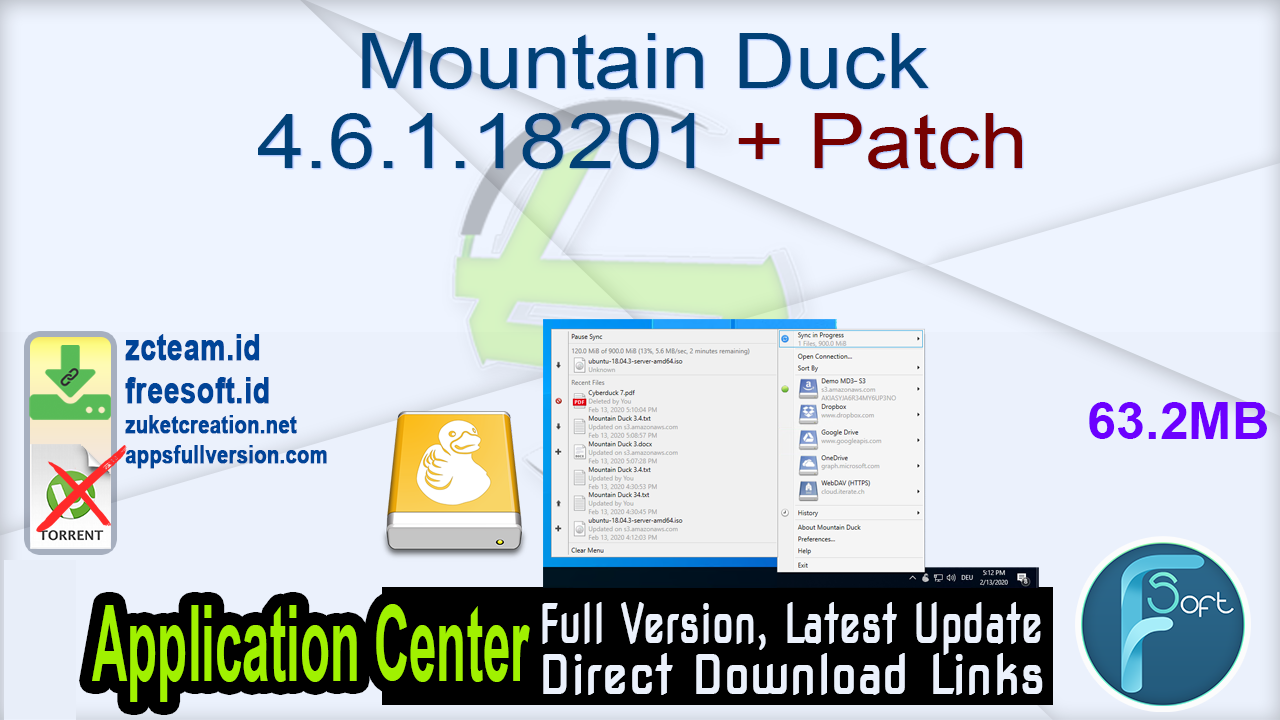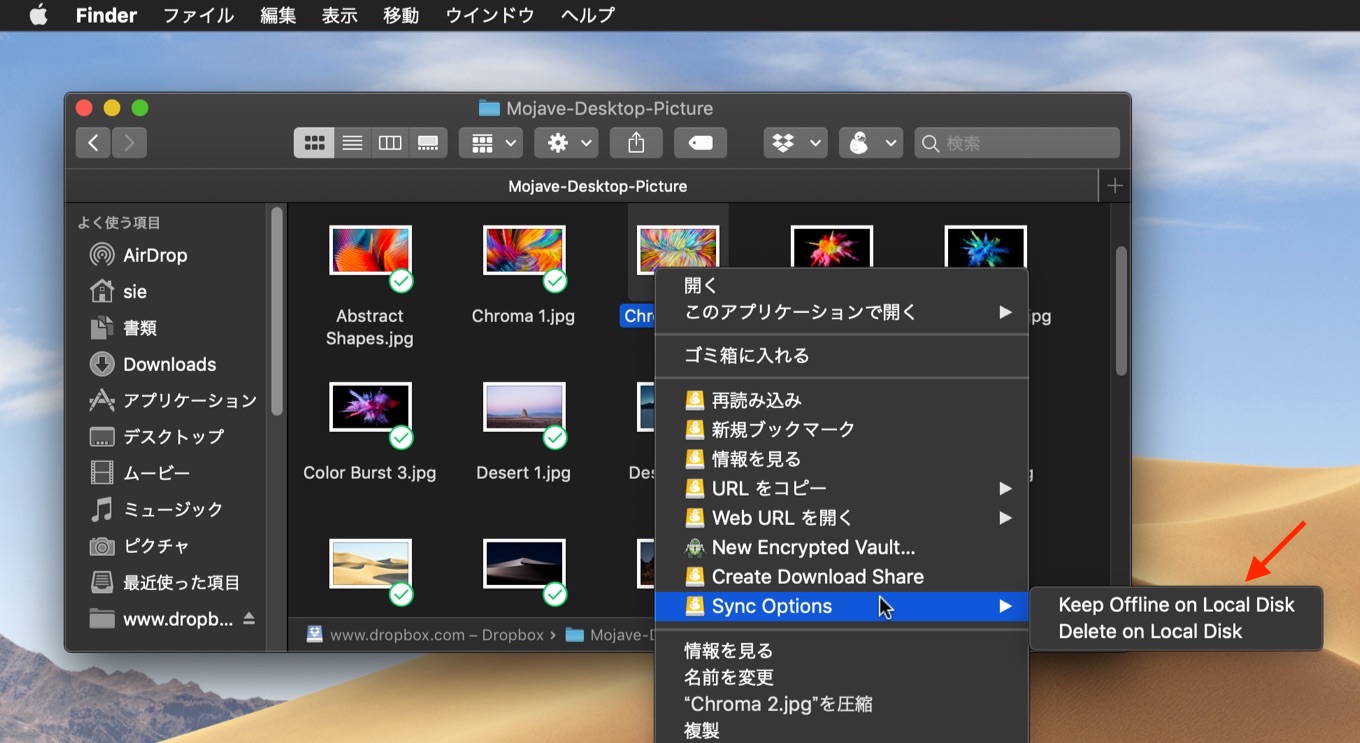

TLS mutual (two-way) authentication with client certificate.Ĭonnect to Rackspace Cloudfiles or any other OpenStack Swift cloud storage providers.Ĭonnect to any Amazon S3 storage region or Google Cloud Storage with support for large file uploads.Īccess Microsoft Azure Cloud storage on your desktop. With interoperability for ownCloud, box.com, Sharepoint and BigCommerce and many other WebDAV servers. Read settings from your existing OpenSSH configuration. With support for strong ciphers, public key and two factor authentication. ProtocolĪ widely tested FTP (File Transfer Protocol) implementation for the best interoperability with support for FTP over secured SSL/TLS connections.
#MOUNTAIN DUCK ONEDRIVE DOWNLOAD#
If you don’t want to use the traditional upload & download tools or proprietary clients from network drive providers, then you can choose to use Mountain Duck to map your remote cloud storage services locally, and access and use them like local disks. Then common file/folder operations such as upload/download, copy/move/delete can keep synchronization with the remote space. This case, you can put these cloud directories into Windows’ File Explorer or Mac’s Finder for synchronized management.

It is good at transferring remote FTP space, WebDev, Swift, S3, Azure, Rackspace, Google Cloud and other popular cloud storage services to local for management.

#MOUNTAIN DUCK ONEDRIVE WINDOWS#
Mountain Duck is a cross-platform (for Windows and Mac) cloud storage services local management tool (i.e., a remote disk local mapping tool). This way, you can open and edit files remotely from any local program, just as convenient as working with local files. Mountain Duck supports connecting to any server you want over all major protocols, allows users to mount servers and cloud storage services as local disks in the computer’s Windows Explorer/File Manager/Finder. It is based on Cyberduck’s solid open-source foundation and was released after a long period of close beta test.
#MOUNTAIN DUCK ONEDRIVE FREE#
Not cool.) After all, each cloud sync service expects you to use its app, not a third-party app, to deal with whatever you store on the service guess how little help you’ll get from that service if one of these apps FUBARs your content on the service.Mountain Duck is a commercial sister product of the free Cyberduck. (Some of the quirks are just plain annoying, such as how CloudMounter’s and Mountain Duck’s otherwise intriguing encryption features change files’ modification dates.

While each has its use case and is geekily interesting, each also has just enough quirks that I’d fear for the safety of my files. I tried three such apps: CloudMounter, Mountain Duck, and the promising but beta-level-buggy Strongsync. The idea is that you can store a lot more stuff than your local storage will allow, since files so stored are only in the cloud. There are a few apps out there which allow you to mount a cloud sync service’s storage as a networked pseudo-drive, rather than sync with files that live on your device’s local storage. I wrote this at the end of a recent blog post concerning cloud sync:įinally, I can also give some advice on a somewhat related subject.


 0 kommentar(er)
0 kommentar(er)
